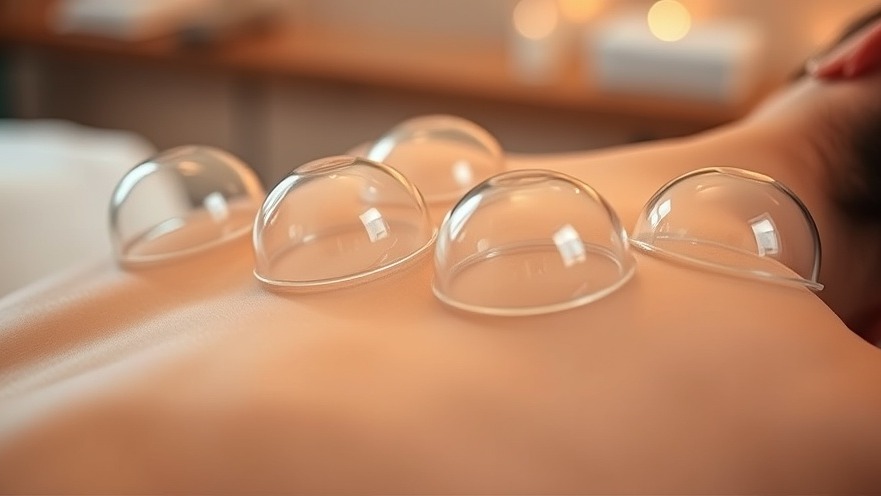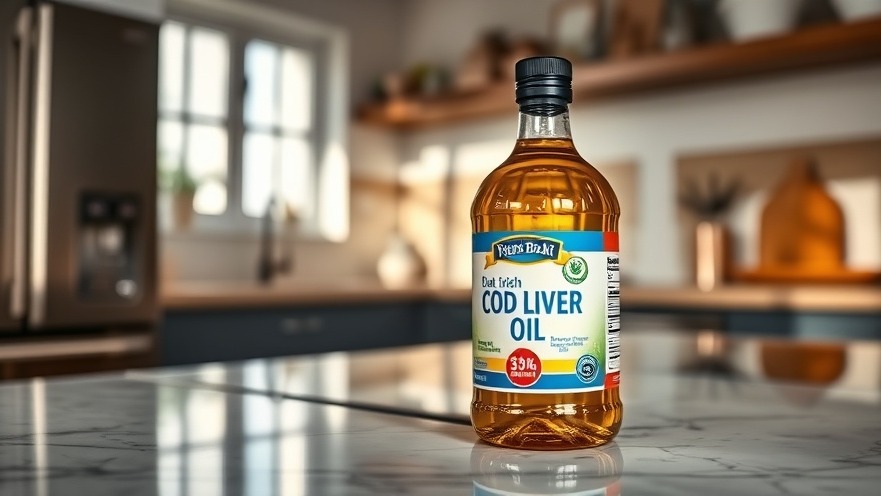
The Resurgence of Cupping Therapy: A Modern Wellness Wonder.
Once considered an unconventional practice limited to alternative medicine circles, cupping therapy is experiencing a remarkable renaissance in the wellness landscape. Today, it’s not just athletes who swear by it; wellness enthusiasts, therapists, and curious travelers are discovering its unique benefits. But why has this ancient healing technique gained such mainstream traction?
A Glimpse into the Past: The History of Cupping Therapy
Cupping therapy boasts a rich history that spans over two millennia. Originating from Traditional Chinese Medicine, it has roots deep in ancient Egyptian healing and Middle Eastern prophetic medicine. Historically, cupping was employed to balance the body's energy and eliminate 'stagnation,' a concept deeply entrenched in numerous traditional healing practices. Today, this highly regarded method has evolved to meet contemporary wellness needs, yet its essence remains unchanged.
The Mechanics Behind Cupping Therapy
Cupping involves placing cups—glass, silicone, or bamboo—on the skin and creating suction to draw the underlying tissues upward. This pressure is thought to stimulate circulation, reduce muscle knots, and enhance lymphatic flow. The treatment can range from static cups that remain in place to dynamic techniques, where cups are glided across oiled skin, offering a range of sensations from tightness to relaxation.
Why People Are Turning to Cupping
The appeal of cupping lies in its tactile, physical nature—offering something decisively different from traditional, more intangible forms of therapy. Individuals seek out cupping for various reasons: to alleviate migraines, relieve muscle tension, enhance athletic recovery, or simply take a break from the fast-paced world. Reports indicate heightened relaxation, improved mobility, and an overall feeling of rejuvenation post-treatment.
Understanding the Impact: Personal Stories and Experiences
Personal narratives surrounding cupping therapy reveal its multifaceted benefits. Athletes like Olympic swimmers and professional football players have incorporated cupping into their recovery routines for its purported ability to ease soreness and fatigue. For many, the enduring marks left behind—a badge of honor for some—signal a successful treatment, while others embrace the process's visual aspects as part of their self-care journey.
Modern Practices and Wellness Retreats: Where to Experience Cupping
As cupping gains popularity, various wellness retreats and spas have embraced the practice beyond novelty, integrating it into holistic healing frameworks. For instance, Six Senses Douro Valley in Portugal offers traditional cupping as part of its broader wellness programs dominated by evidence-based diagnostics. Similarly, the Mandarin Oriental Spa in Bangkok combines luxurious treatment experiences with traditional techniques, ensuring that guests receive both relaxation and health benefits.
The Science Behind Cupping: What Does Research Say?
While many users attest to the efficacy of cupping for pain relief and relaxation, scientific evidence remains inconsistent. Studies suggest that it may serve as a palliative treatment, particularly for localized discomfort, but it is essential for individuals with specific medical concerns—such as clotting disorders or fragile skin—to consult with a healthcare professional prior to undergoing treatment. Understanding these limitations is crucial for a well-rounded view of cupping’s benefits.
Common Misconceptions about Cupping Therapy
Despite its popularity, misconceptions surround cupping therapy, leading some to view it as a panacea. While many experience relief from chronic pain and muscle tension, some may walk away unconvinced. It’s vital to remember that while cupping can provide physical benefits, it does not address systemic health issues. Therefore, it’s best approached as a complementary therapy rather than a standalone solution.
Is Cupping Right for You? Evaluating Your Needs
Engaging in cupping therapy can be a unique and beneficial experience for many, but it’s essential to weigh the personal pros and cons. Consider your health conditions, tolerance to pressure, and the marks that may accompany treatment before diving in. For those ready to explore its benefits, connecting with accredited practitioners will ensure a safe and effective experience.
Conclusion: Embrace the Wellness Journey
As we explore the resurgence of cupping therapy, it is clear that it merges ancient wisdom with modern wellness initiatives, exemplifying the enduring human pursuit of health and healing. If you’re intrigued by the potential benefits of this unique practice, seek out a local therapist or wellness destination that offers it, and take the first step toward a refreshed and rejuvenated self!
 Add Row
Add Row  Add
Add 




Write A Comment